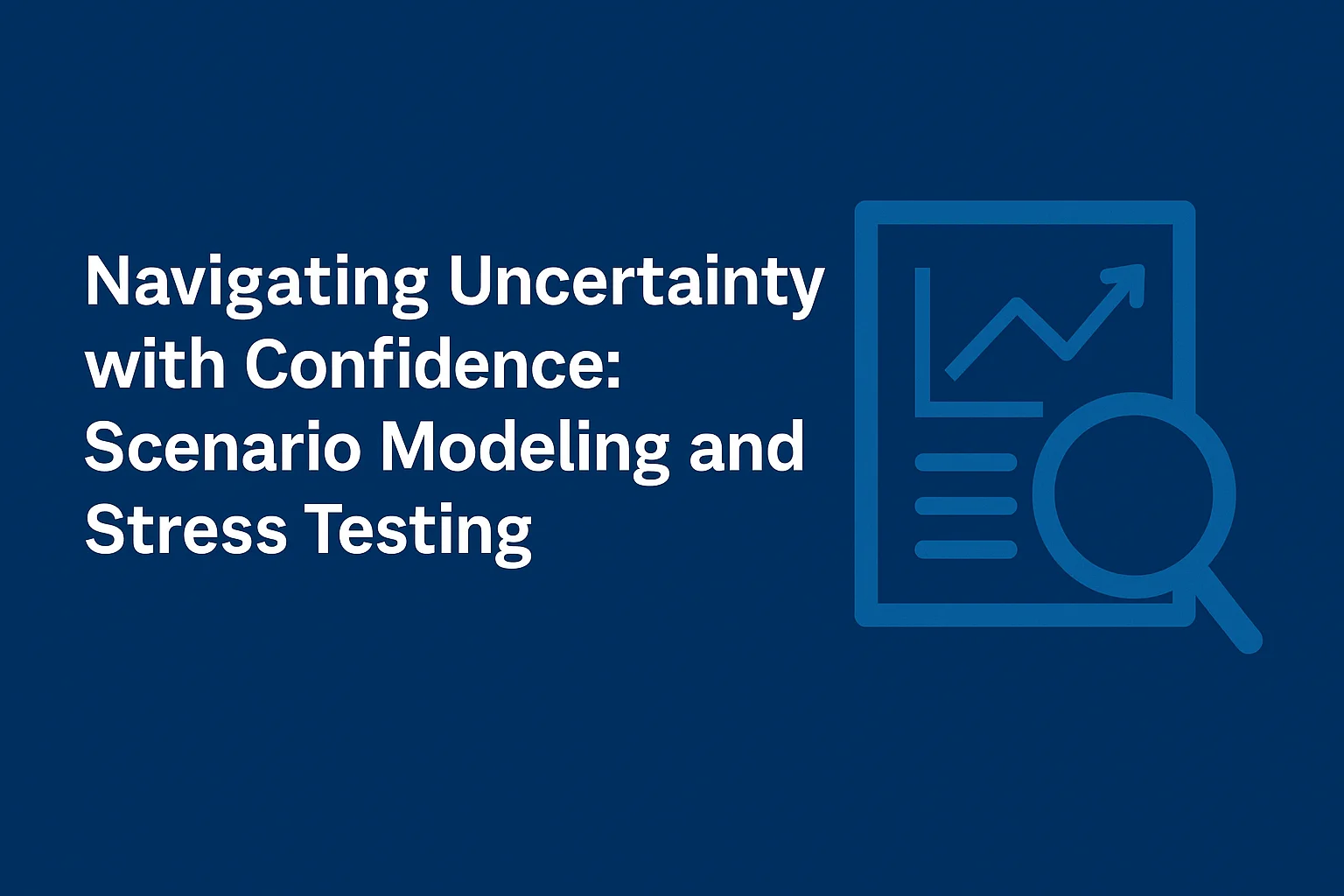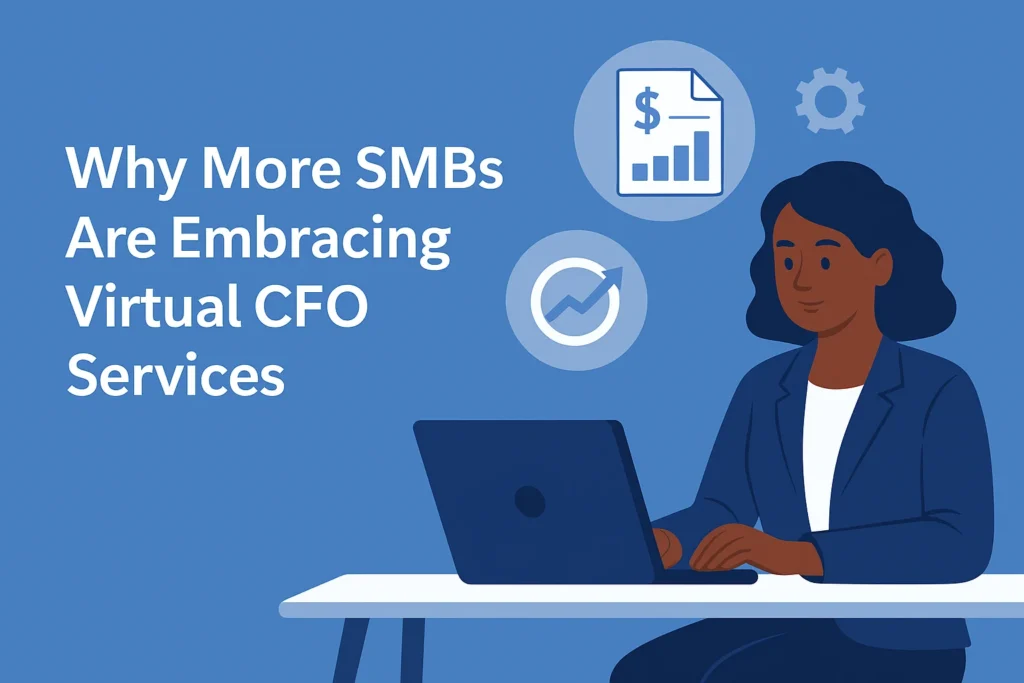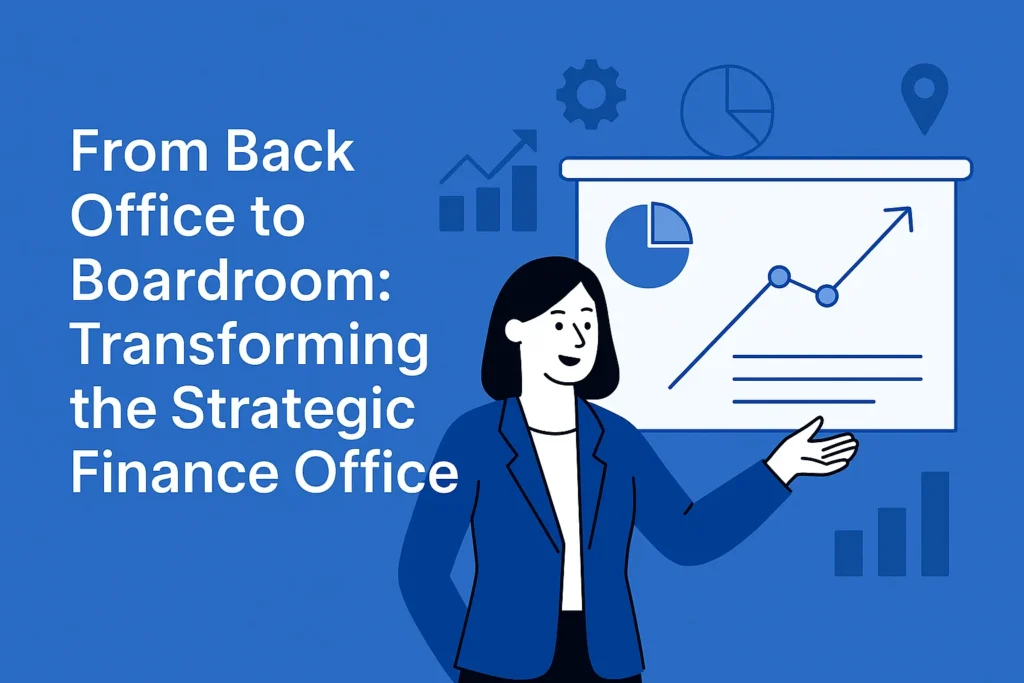What if sales drop by 20% next quarter? What if you raise prices and churn increases? What if interest rates spike again? In today’s world of volatility and rapid change, Scenario Modeling and Stress Testing have become essential tools for strategic finance. Companies that proactively simulate potential futures are far better equipped to make confident decisions — whether it’s a bold growth bet or a conservative cost move.
Why Scenario Modeling Matters Now More Than Ever
Traditional budgeting and forecasting fall short in uncertain environments. They assume a single version of the future. Scenario modeling changes that by enabling leadership to:
- Test assumptions before committing resources
- Understand risk exposure under different conditions
- Prioritize actions that hold up across multiple outcomes
- Support board and investor conversations with data-backed perspectives
In short, it shifts finance from “reporting” to strategic foresight.
What Robust Scenario Modeling Involves
1
Driver-Based Financial Models
Tie financial performance to key operational inputs (pricing, headcount, CAC, churn, etc.), not just revenue.
2
Multiple Scenario Layers
Build Base, Upside, and Downside cases — and update them frequently.
3
Sensitivity Analysis
Identify which variables have the most impact on outcomes (e.g., salary inflation vs. FX changes).
4
Cash Flow Resilience Testing
Understand how long your runway lasts under each scenario, and when you might need a cash infusion.
5
Clear Visuals for Decision-Makers
Dashboards and visuals make scenario output actionable for CFOs, founders, and board members.
How Offshore Teams Power Scenario Planning
Scenario modeling is often time-consuming and technically demanding. Offshore strategic finance support can help by:
- Building dynamic Excel or FP&A tool-based models
- Automating inputs and version control
- Running complex sensitivity and what-if analysis
- Preparing stakeholder-ready outputs with charts and narratives
At Valorega, we routinely support clients with scenario frameworks tailored to fundraising, cost cuts, expansion plans, or macroeconomic shocks.
Final Thoughts
Scenario modeling is no longer a luxury — it’s a necessity. Companies that think in “what ifs” make fewer mistakes, respond faster, and build greater resilience.
With offshore finance support, you can embed this capability without overloading your internal team.



